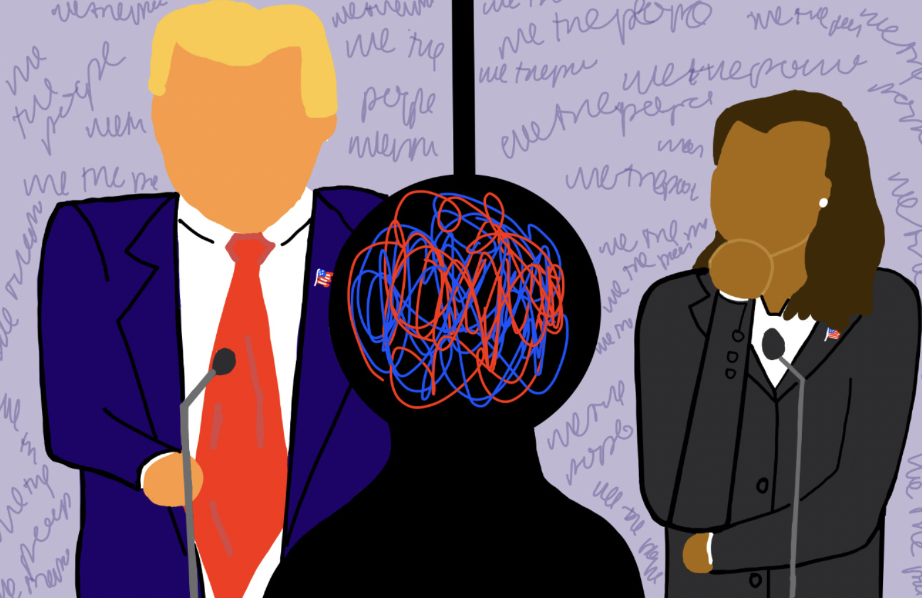Since President Trump’s inauguration this past January, a lot has gone down. The Dow is down, Nasdaq is down, even Tesla—the company run by self-proclaimed “Genius, Billionaire, Playboy, Philanthropist” Elon Musk—is down. The only thing up in today’s economy is inflation, fueled by Trump’s reckless tariffs. Even Trump’s supporters have begun to turn on him. Polls conducted this March by Reuters and CNN indicate that 30 percent of his voters strongly disagree with his tariffs.
Trump’s saga of sham success began before his first term in 2017, even before his iconic campaign announcement in 2015. It started decades earlier in the 1990s, as Trump’s businesses crumbled around him. Trump’s Taj Mahal Casino filed for bankruptcy in 1991, Trump Shuttle in 1992, and most recently Trump University in 2011. As Marc Fisher, a journalist at The Washington Post, put it: Trump “was a failure again and again and again.”
But rather than accepting defeat, Trump pivoted from running a business to selling a brand—the Trump brand. Tony Schwartz, co-author of Trump’s magnum opus The Art of the Deal, claimed that Trump was “sell[ing] [his] name” instead of “going crazy” with real-estate ventures that “didn’t work half the time.” Constant press, as well as his reality TV show The Apprentice, made Trump seem like a genius, an excellent businessman prior to his campaign announcement in 2015, even though his actual record was far less illustrious.
Right about now, you should be wondering: What about Trump’s disastrous first term and mishandling of the pandemic that left his approval ratings in the dumps? How did he recover? The answer: An ineffective opposition party marked by utter disorganization. On Pod Save America, a Kamala Harris campaign staffer admitted that “there was no contingency plan” in case President Joe Biden could not run for a second term. This alone should be stunning: Biden’s mental acuity had been in question since 2022, and no one—not even Vice President Harris, whose very job was to replace the president, should he be rendered unfit—was prepared to step in.
When the Democrats finally coalesced around Harris, the disorganization continued. A case in point would be the Harris campaign’s open disdain towards the Teamsters union, boasting to Teamsters President Sean O’Brien that Harris would “win with or without you.” The Democrats—lacking strategy, grassroots support, and a strong leader—allowed Donald Trump’s past blunders to be overlooked, handing him the keys back to the White House.
So how can Democrats defeat Trump, who obfuscates his silly moves with savvy looks? On one hand, Democrats must rediscover their calling as the party of the people. Show some guts in dealing with Trump in a unified front—whether it be a $4.3 trillion tax cut for powerful corporations, or efforts to gut entire departments at whim—at every turn.
Step two is to find strong, capable leadership. The resigned approach of Hakeem Jeffries (who, in a press conference this February, complained that he’s still unable to “figure out” how much leverage he has) and Chuck Schumer does not cut it. And if these changes appear drastic, they should. Without a significant change in course, the Dems shouldn’t expect better electoral outcomes in the years to come.










